Fake in Italy.
False assumptions on authenticity
“It is crucial to be aware of where objects belong and which culture they reflect in order to avoid stereotypes and appropriation.”

Collaboration with Simone Muscolino, Chiarugi Firenze
read here article on domus magazine
Fake in Italy is a project about cultural exchange and objects’ identity. Italian products are among the most copied and counterfeit worldwide. In Italy, this phenomenon assumes the dimension of a real parallel economy able to move capitals equal to few billions of euros every year. The business strategy is quite articulated and can vary within multiple intricate imports-export alternatives. Pirated goods are produced, distributed and bought both abroad and in Italy, merging incredibly well global and local market.
The “fake” model is based on different strategies and they can be summarized in three main categories: Copies where a product is accurately replicated and it responds to precise brands’ specifications, Reproductions where the use of a particular material or process is directly related to Italy, and Inspirations where what is reproduced is a general sense of belonging to the Italian culture. Inspirations are the most interesting, they involve a certain grade of creativity and, because they’re not limited to aesthetic and functional constraints, they reveal the full potential of new hybrid products.
Fake in Italy is a collection of Inspirations; experimental objects based on the mix between typical Italian productions excellences together with global stereotypes. Each object indeed “smells and looks” like something we normally connect with specific habits or traditions belonging to different cultures but produced in Italy with Italian know-how and Italian raw materials.
Fake in Italy plays with the triptych of ideas, material, and process inviting marble and leather to open a dialogue with discursive design (which primary goal is to make the user think).
![]()
![]()
![]()
![]()
![]()
Marble and leather are two of the most renowned materials belonging to the Italian tradition but, at the same time, they embody a specific identity conundrum. The famous Carrara Marble, for example, is extracted just above the Town of Carrara and for this reason, strongly connected with that location; at the same time, nowadays, the marble blocks are sculpted with modern robots, making possible a total de-localization of the production phase. For the leather what is happening is almost the opposite. The leather is still double-chained to a very local and typical Italian process that transforms raw material into beautiful objects, but the leather itself doesn’t derive from Italian cows at all (mostly from France, South America or east Europe). In this new perspective, becomes difficult to define the elements that make a product belonging to a particular place. Is that element the material itself? Are they human skills? Are both of them? Or neither of the two?
Fake in Italy wants to reverse the parameters of the equation, questioning value and meaning of the “made in” system, comparing local manufacturing with global stereotypes and reflecting on the hybrid nature of today’s products. Fake in Italy points at systems like Italy, but not limited to it, in which we often observe that a great effort is spent in building a giant protective wall and little attention is dedicated to analyzing critically new global identities and unavoidable cultural hybridity.
read here article on domus magazine
Fake in Italy is a project about cultural exchange and objects’ identity. Italian products are among the most copied and counterfeit worldwide. In Italy, this phenomenon assumes the dimension of a real parallel economy able to move capitals equal to few billions of euros every year. The business strategy is quite articulated and can vary within multiple intricate imports-export alternatives. Pirated goods are produced, distributed and bought both abroad and in Italy, merging incredibly well global and local market.
The “fake” model is based on different strategies and they can be summarized in three main categories: Copies where a product is accurately replicated and it responds to precise brands’ specifications, Reproductions where the use of a particular material or process is directly related to Italy, and Inspirations where what is reproduced is a general sense of belonging to the Italian culture. Inspirations are the most interesting, they involve a certain grade of creativity and, because they’re not limited to aesthetic and functional constraints, they reveal the full potential of new hybrid products.
Fake in Italy is a collection of Inspirations; experimental objects based on the mix between typical Italian productions excellences together with global stereotypes. Each object indeed “smells and looks” like something we normally connect with specific habits or traditions belonging to different cultures but produced in Italy with Italian know-how and Italian raw materials.
Fake in Italy plays with the triptych of ideas, material, and process inviting marble and leather to open a dialogue with discursive design (which primary goal is to make the user think).


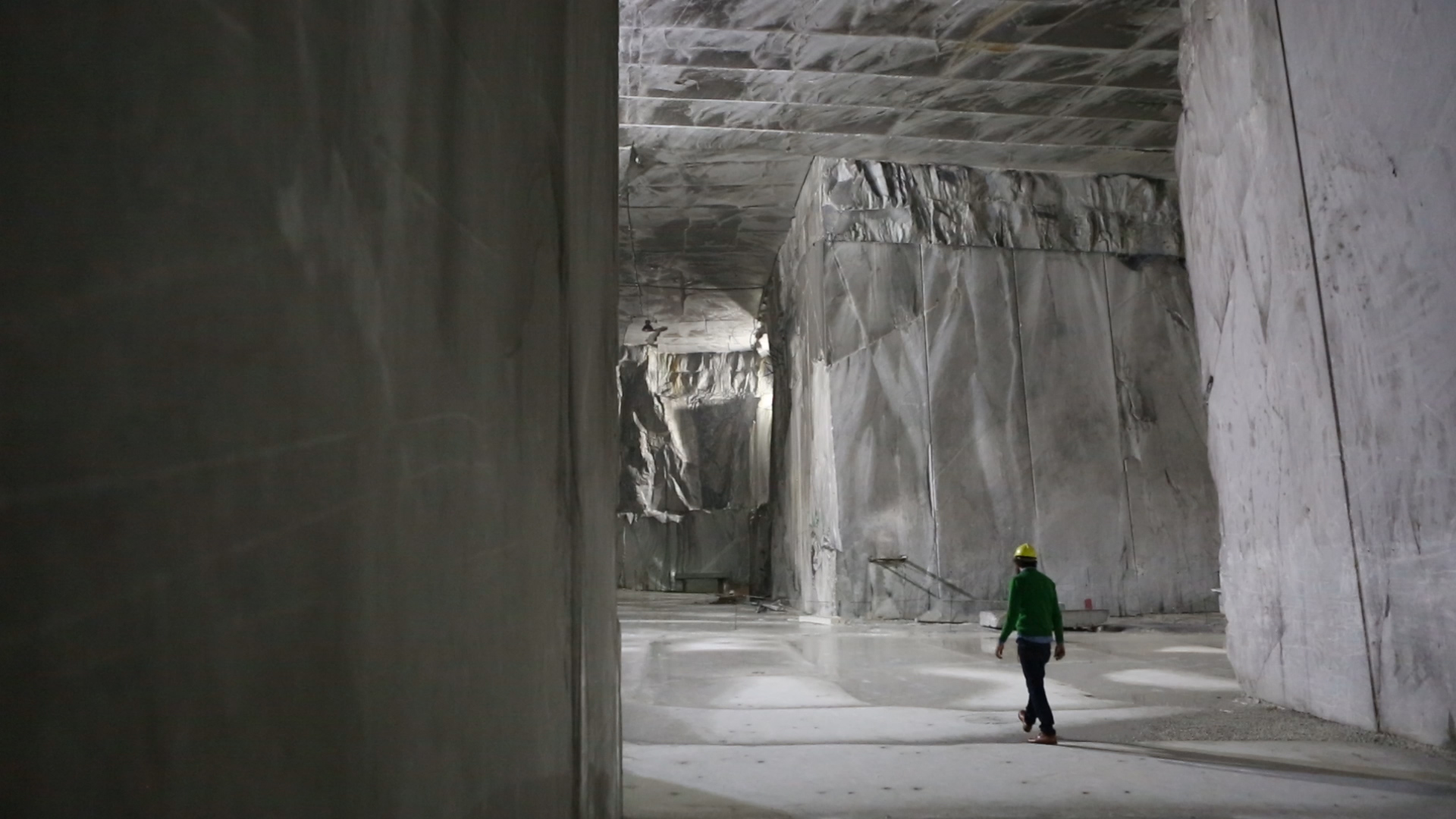


Marble and leather are two of the most renowned materials belonging to the Italian tradition but, at the same time, they embody a specific identity conundrum. The famous Carrara Marble, for example, is extracted just above the Town of Carrara and for this reason, strongly connected with that location; at the same time, nowadays, the marble blocks are sculpted with modern robots, making possible a total de-localization of the production phase. For the leather what is happening is almost the opposite. The leather is still double-chained to a very local and typical Italian process that transforms raw material into beautiful objects, but the leather itself doesn’t derive from Italian cows at all (mostly from France, South America or east Europe). In this new perspective, becomes difficult to define the elements that make a product belonging to a particular place. Is that element the material itself? Are they human skills? Are both of them? Or neither of the two?
Fake in Italy wants to reverse the parameters of the equation, questioning value and meaning of the “made in” system, comparing local manufacturing with global stereotypes and reflecting on the hybrid nature of today’s products. Fake in Italy points at systems like Italy, but not limited to it, in which we often observe that a great effort is spent in building a giant protective wall and little attention is dedicated to analyzing critically new global identities and unavoidable cultural hybridity.

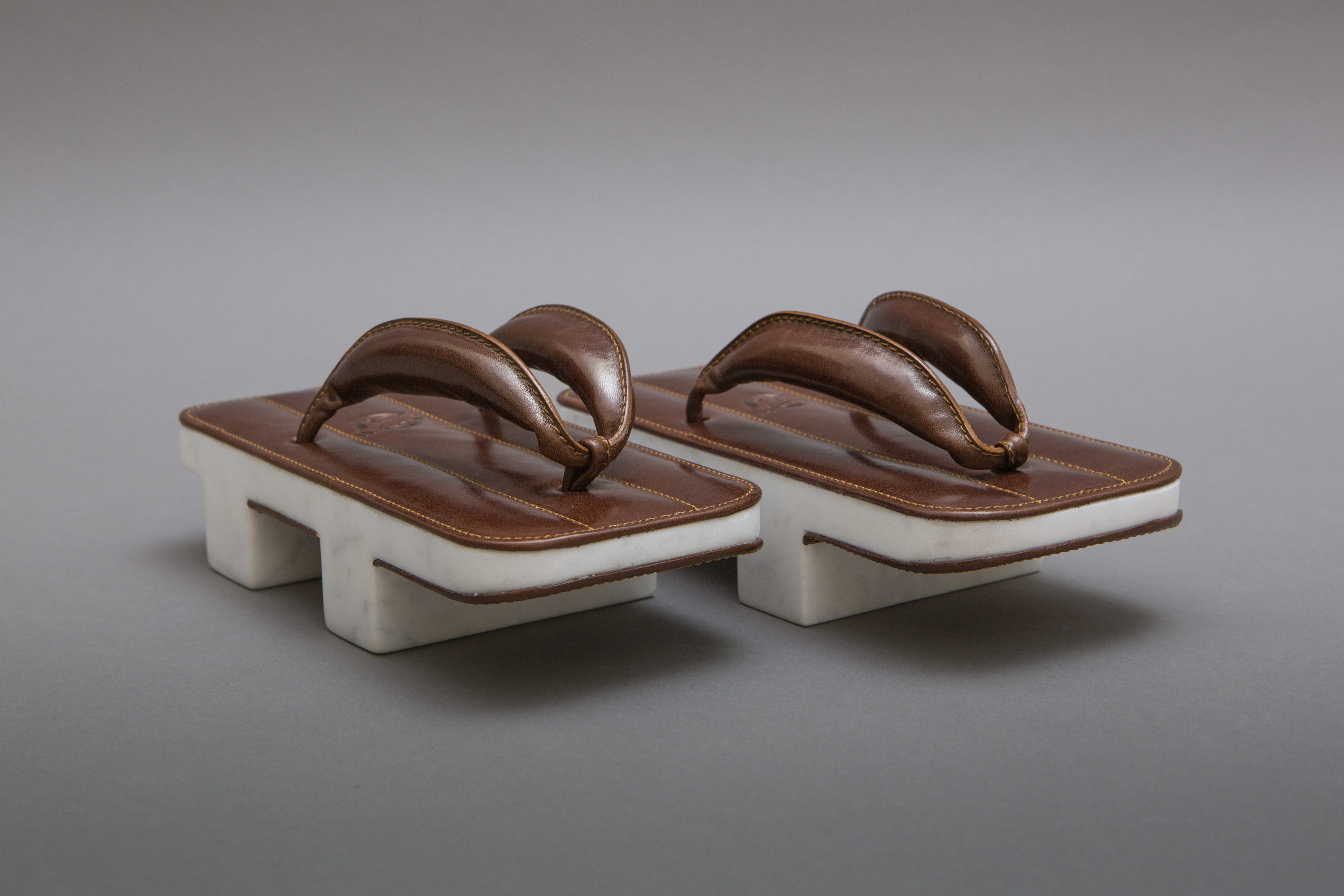

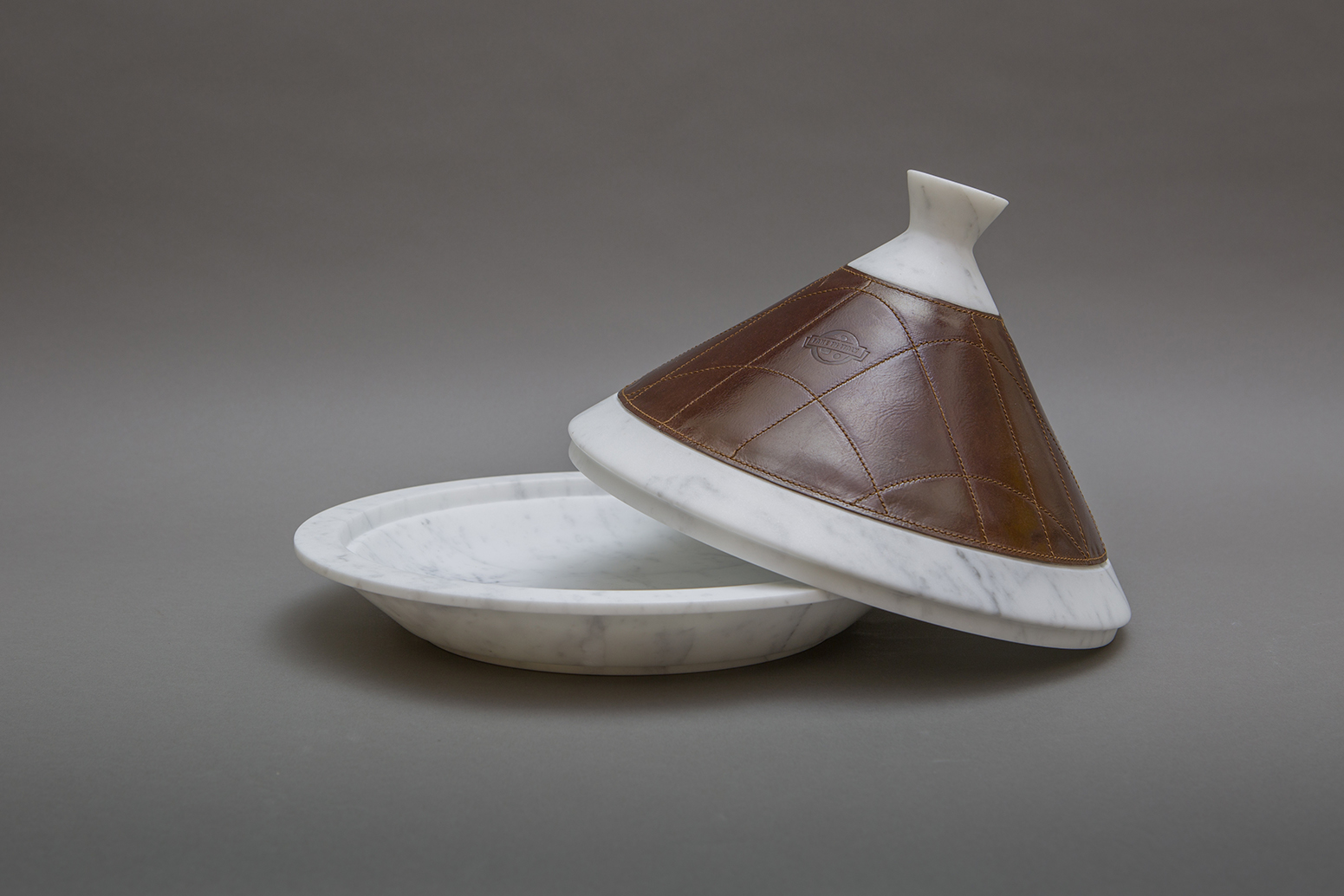
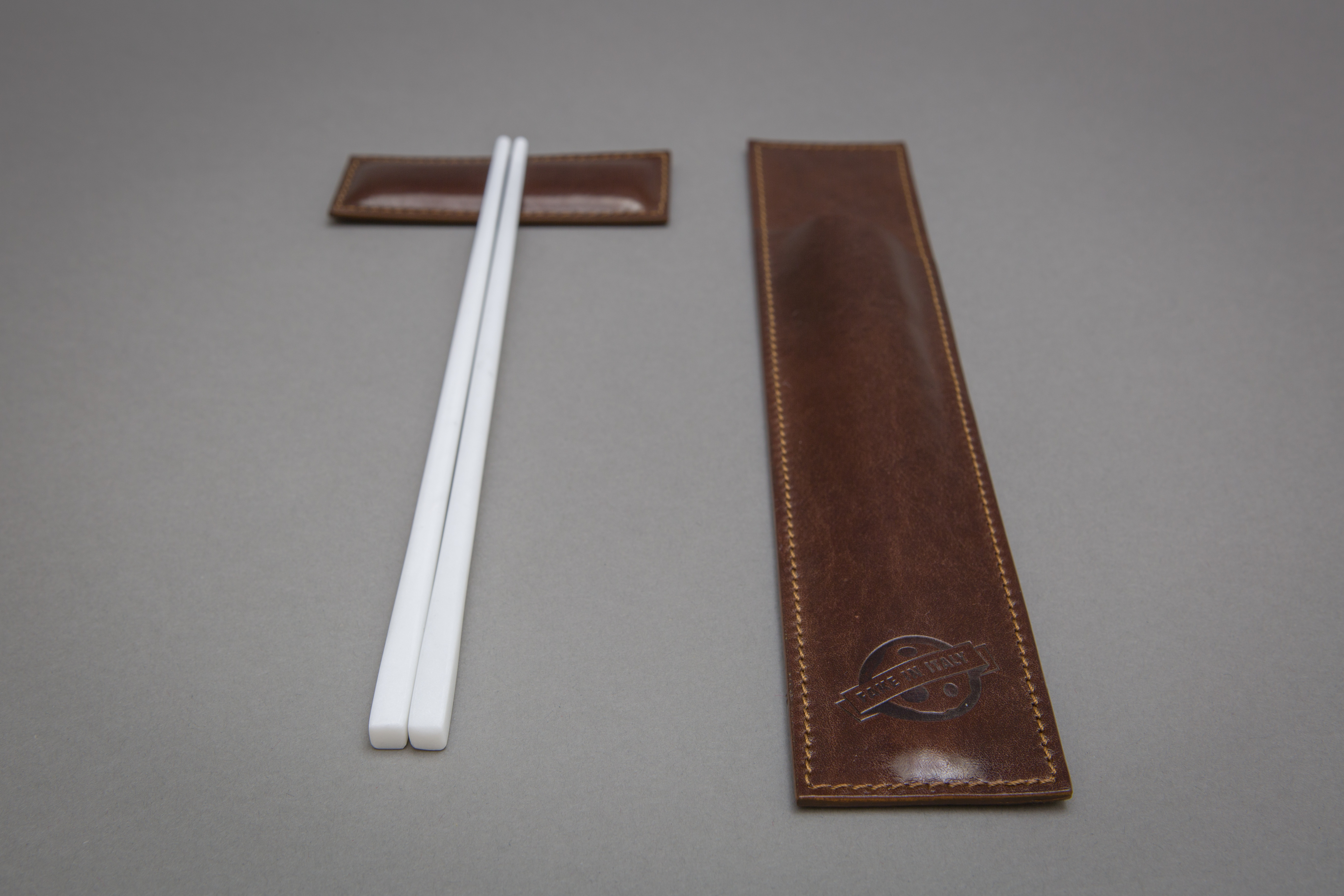
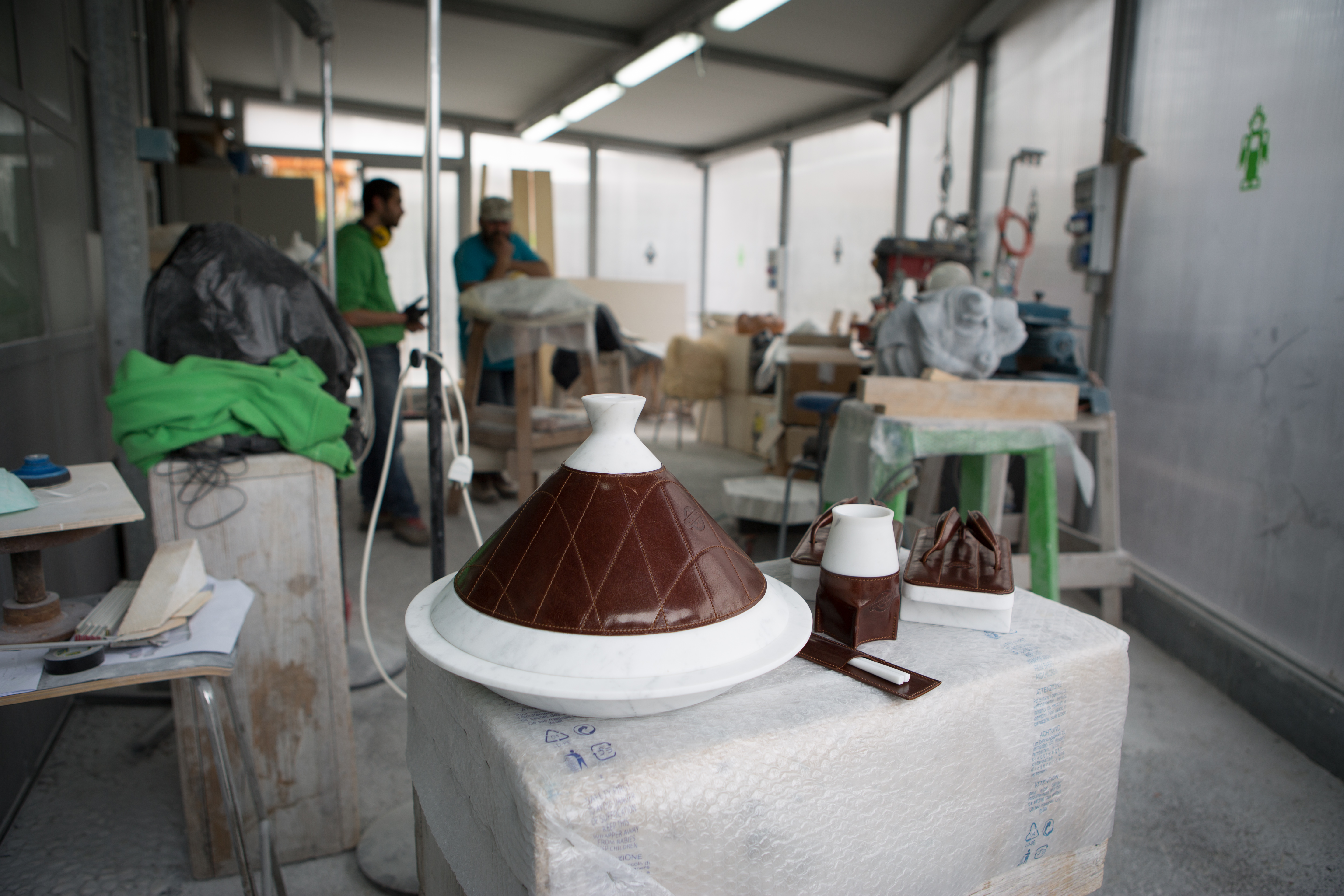
Fake in Italy has been presented last may during the NYC design week 2016 within Wanted Design in Chelsea, one of the most visited spot of the entire event.